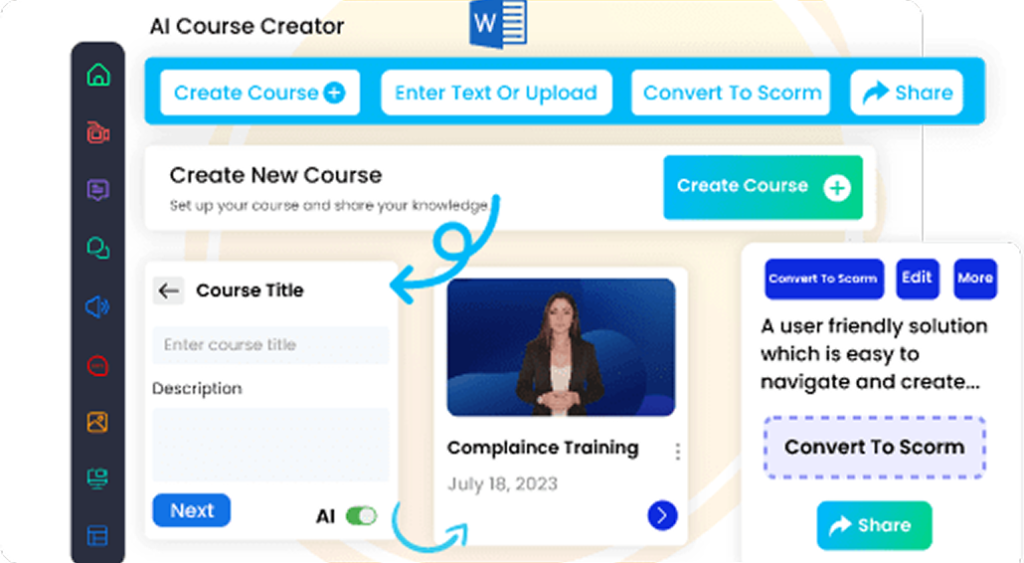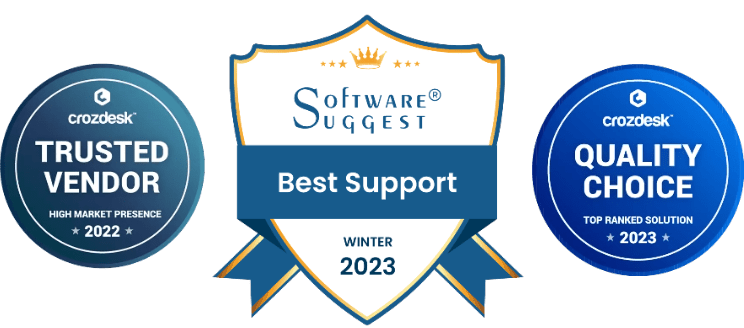Microlearning is an innovative educational approach that breaks down complex topics into bite-sized pieces, allowing learners to absorb information more efficiently. In this blog post, we will explore examples of microlearning courses that prove how “less is more” can lead to better learning outcomes.
What is Microlearning?
Microlearning refers to learning modules that are brief, focused, and typically range from a few minutes to an hour. It focuses on delivering content in small, easily digestible chunks, often in the form of videos, quizzes, or interactive modules.
Why Microlearning Works
Microlearning has a number of benefits, particularly for busy professionals who may not have time for traditional, lengthy courses. Some of the key benefits include:
- Improved retention of information
- Flexible learning schedule
- High engagement due to shorter lessons
- Cost-effective for organizations
Examples of Microlearning Courses
Here are some real-life examples of microlearning courses that have successfully implemented the “less is more” philosophy:
Example 1: Product Training
One of the best uses of microlearning is in product training. Instead of overwhelming employees with hours of content, companies can break down product features into small, targeted lessons. For example, a two-minute video on how to use a particular feature, followed by a quiz, can ensure employees remember the core functionalities without the need for a lengthy session.
Example 2: Compliance Training
Compliance training is often viewed as tedious, but microlearning can change this. Short, focused modules on specific regulations or guidelines, delivered through interactive quizzes, can enhance learning engagement and reduce the risk of compliance failures.
Example 3: Customer Service Skills
Customer service teams can benefit from microlearning by focusing on one skill at a time. For instance, a five-minute lesson on effective communication strategies followed by a role-playing exercise can enhance customer interaction skills in a matter of minutes.
Microlearning Tools and Platforms
To deliver these impactful microlearning courses, various tools and platforms can be utilized. Some of the most popular options include:
- CogniSpark AI: A tool that helps you create quick and interactive microlearning content.
- Paradiso LMS: A mobile-first learning management system that specializes in microlearning.
- Qstream: A platform designed to enhance employee learning through microlearning and spaced repetition techniques.
How to Implement Microlearning in Your Organization
To successfully implement microlearning, follow these simple steps:
- Identify Learning Goals: What knowledge or skills do employees need to improve?
- Break Down Content: Divide large topics into manageable chunks that can be easily consumed in a few minutes.
- Choose the Right Platform: Select a learning management system that supports microlearning delivery.
- Measure Success: Track performance metrics and adjust the learning content based on feedback and results.
The Future of Microlearning
As technology evolves, microlearning is expected to become even more personalized and adaptable. With AI and machine learning, microlearning courses can be customized based on an individual’s learning style, making them even more effective. The future of learning is brief, engaging, and impactful—just like microlearning itself.
























